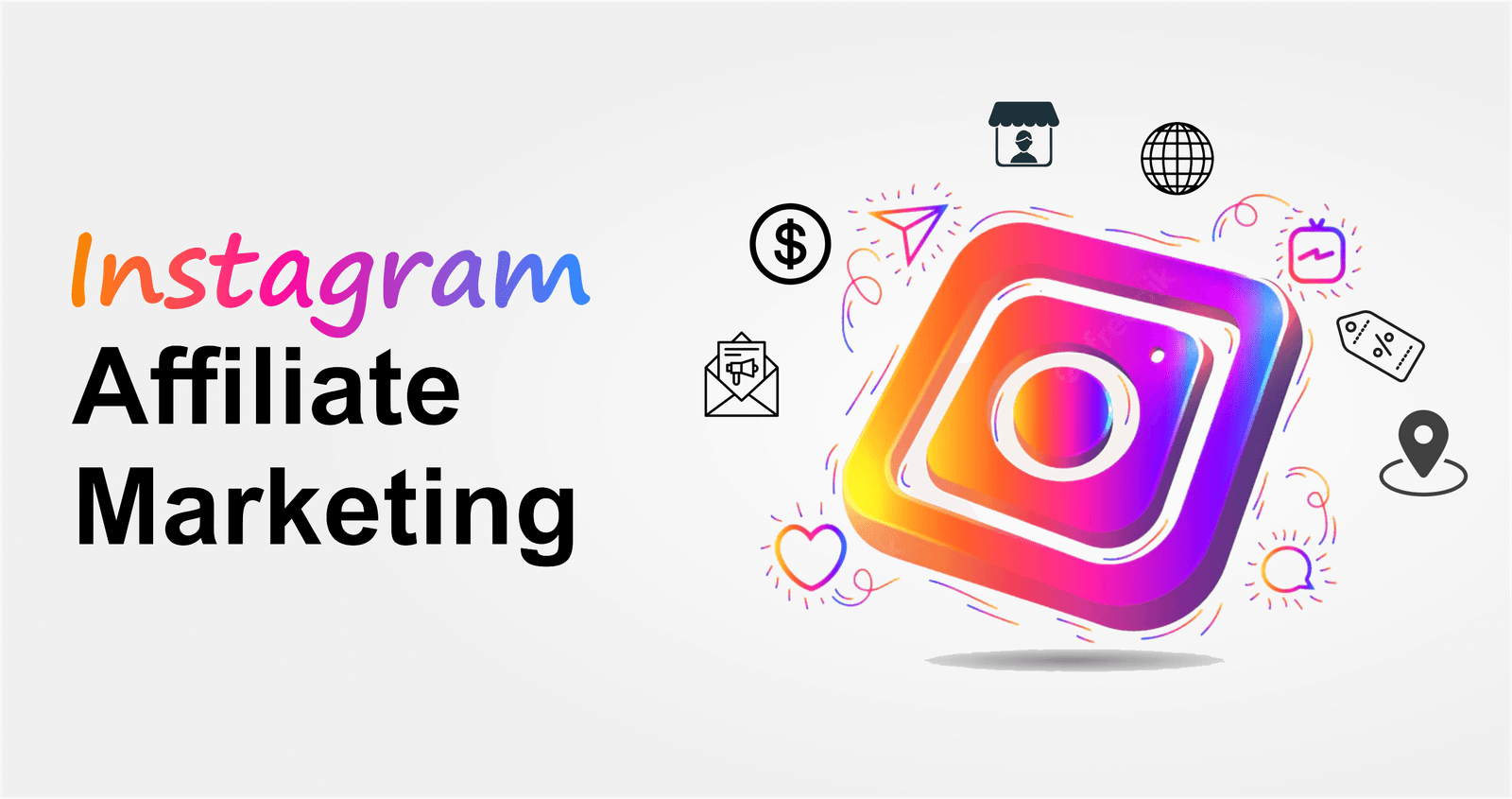Instagram has made great strides in recent times to become one of the most competitive social media platforms for brands and businesses looking to reach their target audience. With several hundered million daily active users, Instagram serves as one of the best platforms for reaching consumers, which is why affiliate marketers and as well as influencers have begun leveraging the platform as a way to promote products, generate brand awareness, and grow their online following. And while Instagram is an ideal place to build your brand, If you want to make money on Instagram, you may want to consider performing affiliate marketing.
1. Include affiliate store link in Instagram bio
2. Use coupon codes
3. Use Instagram stories to create brand awareness
4. Use Instagram sponsored post to boost affiliate traffic
5. Run Paid Search to get Instagram traffic
6. Where to use affiliate links on Instagram
7. Measure affiliate marketing results

1. Include affiliate store link in Instagram bio
Instagram is a huge place with hundreds of millions of users. So using Instagram for affiliate marketing makes perfect sense. In fact, many affiliate marketers use Instagram for affiliate marketing. Affiliate marketers use Instagram to introduce their affiliate stores to a large audience.
If you’re an Instagram influencer you can start adding your affiliate store link right in your Instagram bio. You can use this to build your business and get traffic from Instagram.
2. Use coupon codes
Instagram is one of the largest social media networks with over 1 billion active users monthly. Instagram marketing allows businesses to promote their brand, products, and services to their customers. Use coupon codes on Instagram for affiliate marketing to allows users to use coupon codes to shop from your affiliate store. The coupon can be applied on the checkout page of the store and once the coupon code is entered, the discount is automatically applied.
3. Use Instagram stories to create brand awareness
Instagram’s Stories feature is a popular way to create and share short videos. In other words, it’s the perfect platform to tell stories to evoke viewers’ emotions. As a way to leverage this feature, you can create Instagram stories to promote brands and products. Use this feature for affiliate marketing and affiliate website brand awareness.
4. Use Instagram sponsored post to boost affiliate traffic
Instagram sponsored post are becoming very popular now a days. Its most important role is for driving traffic on your social media account. Instagram sponsored post are a special kind of post that you can add in your Instagram account. It is kind of advertisement. These posts have highly visual content. So, users easily get attracted to these kinds of posts. Use these Instagram sponsored posts to boost affiliate marketing store traffic.
5. Run Paid Search to get Instagram traffic
The world of digital marketing is a rapidly-changing one, and one that is full of opportunity for those willing to put in the work. With so many avenues to market your business online, it can be easy to become overwhelmed and frustrated. However, the path to success is not impossible. It takes dedication, perseverance, and patience. But, it’s well worth the effort. Running Paid Search to get Instagram traffic for affiliate marketing is a proven way to make a lot of money.
6. Where to use affiliate links on Instagram
Instagram is a great place for retailers, publishers, and influencers to promote products and brands, and for buyers, too. When we talk about backlinks, we’re talking about links that will send customers to a page on your website. When you use affiliate links, you’re essentially telling your follower to click the link and buy a certain product. Place affiliate links in Instagram Stories, IGTV descriptions, and Instagram’s link in bio.
7. Measure affiliate marketing results
To track the success of an Instagram affiliate marketing campaign, marketers can use a variety of measurement tools. Most tools focus on tracking conversion metrics like clicks, calls, form submissions, and app installs.
